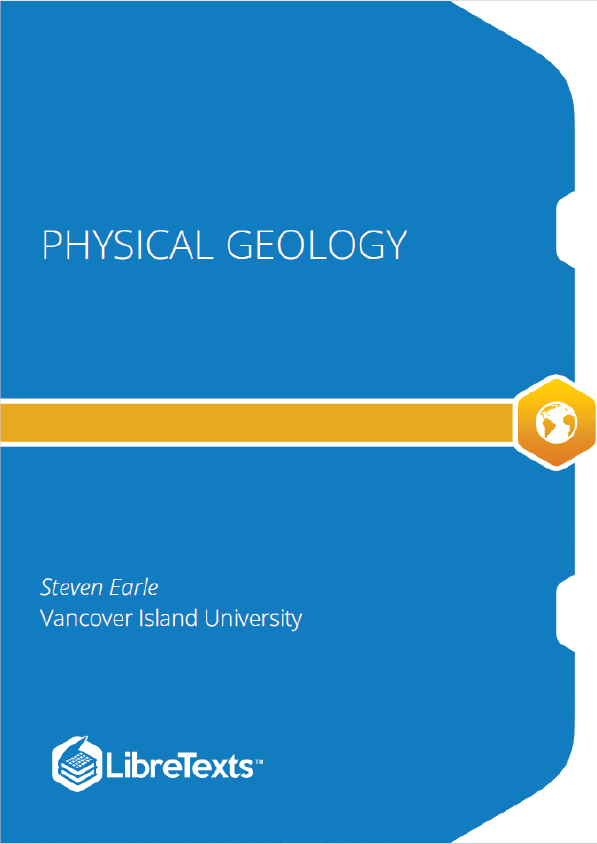Physical Geology is a comprehensive introductory text on the physical aspects of geology, including rocks and minerals, plate tectonics, earthquakes, volcanoes, glaciation, groundwater, streams, coasts, mass wasting, climate change, planetary geology and much more. It has a strong emphasis on examples from western Canada, especially British Columbia, and also includes a chapter devoted to the geological history of western Canada. The book is a collaboration of faculty from Earth Science departments at Universities and Colleges across British Columbia and elsewhere.
What is Geology?
In its broadest sense, geology is the study of Earth—its interior and its exterior surface, the minerals, rocks and other materials that are around us, the processes that have resulted in the formation of those materials, the water that flows over the surface and through the ground, the changes that have taken place over the vastness of geological time, and the changes that we can anticipate will take place in the near future. Geology is a science, meaning that we use deductive reasoning and scientific methods to understand geological problems. It is, arguably, the most integrated of all of the sciences because it involves the understanding and application of all of the other sciences: physics, chemistry, biology, mathematics, astronomy, and others. But unlike most of the other sciences, geology has an extra dimension, that of time—deep time—billions of years of it. Geologists study the evidence that they see around them, but in most cases, they are observing the results of processes that happened thousands, millions, and even billions of years in the past. Those were processes that took place at incredibly slow rates—millimeters per year to centimeters per year—but because of the amount of time available, they produced massive results.
Geology is displayed on a grand scale in mountainous regions, perhaps nowhere better than the Rocky Mountains in Canada (Figure ). The peak on the right is Rearguard Mountain, which is a few kilometers northeast of Mount Robson, the tallest peak in the Canadian Rockies (3,954 meters). The large glacier in the middle of the photo is the Robson Glacier. The river flowing from Robson Glacier drains into Berg Lake in the bottom right. There are many geological features portrayed here. The sedimentary rock that these mountains are made of formed in ocean water over 500 million years ago. A few hundred million years later, these beds were pushed east for tens to hundreds of kilometers by tectonic plate convergence and also pushed up to thousands of meters above sea level. Over the past two million years this area—like most of the rest of Canada—has been repeatedly glaciated, and the erosional effects of those glaciations are obvious.
The Robson Glacier is now only a small remnant of its size during the Little Ice Age of the 15th to 18th centuries, and even a lot smaller that it was just over a century ago in 1908. The distinctive line on the slope on the left side of both photos shows the elevation of the edge of the glacier a few hundred years ago. Like almost all other glaciers in the world, it receded after the 18th century because of natural climate change, is now receding even more rapidly because of human-caused climate change.











